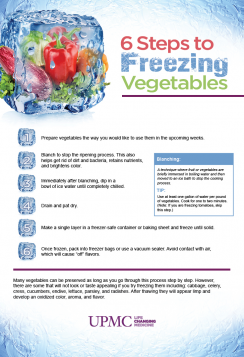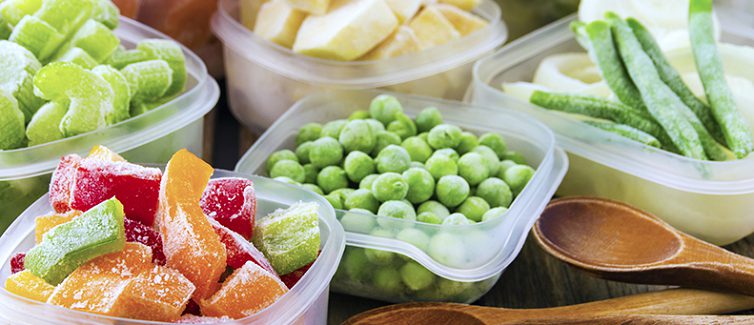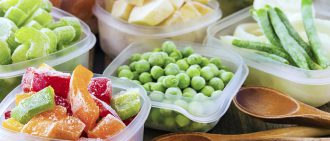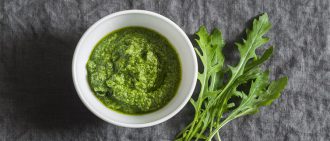What’s not to love about fresh vegetables in the summertime? The taste is great, the color is vibrant, and they add that extra zest to your meal.
Stocking up on these nutritious seasonal treats can be hard if you don’t eat them before they rot — but can you freeze fresh vegetables? Although some vegetables will not survive thawing, most retain their nutrients and stay fresh after freezing.
A very important part of keeping your vegetables fresh and healthy when freezing them is to follow the proper steps. Make sure to freeze them when they are at their peak ripeness so you can enjoy them for months to come.
Recipes from the Garden
Six Steps to Freezing Vegetables
Many vegetables can be preserved as long as you go through this process step by step:
Prepare the produce.
For example, cut up the vegetables to the size you would like to use in a pasta salad in the upcoming weeks.
1. Blanch the vegetables.
Before freezing, flash-cook your veggies in boiling water for one to two minutes. Use at least one gallon of water per pound of vegetables. Blanching stops the enzymes that keep the ripening process flowing. It also helps get rid of dirt and bacteria, retains the nutrients, and brightens the color. (Note: If you are freezing tomatoes, skip this step)
2. Dip them in cold water.
Immediately after blanching, briefly dip the vegetables in a bowl of ice water until they are completely chilled.
3. Drain the water and pat dry.
Remove water drops that could make the veggies soggy.
4. Freeze vegetables in a single layer.
In a freezer-safe container or on a baking sheet, make a single layer of vegetables and freeze them until solid.
5. Pack vegetables for storage.
Once frozen, pack them into freezer bags or use a vacuum sealer. You do not want them to come in contact with air, which will cause “off” flavors to develop by the time you defrost them.
6. Freeze vegetables that thaw well.
Most vegetables can be frozen and will remain crisp and tasty when cooked. However, there are some vegetables that will not look or taste appealing if you try freezing them. After thawing they will appear limp and develop an oxidized color, aroma, and flavor.
Vegetables to avoid freezing for storage include:
- Cabbage
- Celery
- Cress
- Cucumbers
- Endive
- Lettuce
- Radishes
- Irish potatoes
Irish potatoes are also not an ideal vegetable to freeze when they are baked or boiled. After thawing they become soft, crumbly, and waterlogged. Other types of potatoes freeze much better.
If you want an endless supply of fresh vegetables even after the summer farmer markets close, follow these steps to effectively freeze them. You also may save money by buying produce when it’s most plentiful and least expensive. Freezing lets you enjoy your favorite veggies even after they are out of season.

Editor's Note: This article was originally published on , and was last reviewed on .
Never Miss a Beat!
Subscribe to Our HealthBeat Newsletter!
Thank you for subscribing!
You can now select the specific newsletters you'd like to receive.
You are already subscribed.
Subscribe to more newsletters in our email preference center.
Sorry, an error occurred. Please try again later.
Get Healthy Tips Sent to Your Phone!
About UPMC
Headquartered in Pittsburgh, UPMC is a world-renowned health care provider and insurer. We operate 40 hospitals and 800 doctors’ offices and outpatient centers, with locations throughout Pennsylvania, Maryland, New York, West Virginia, and internationally. We employ 4,900 physicians, and we are leaders in clinical care, groundbreaking research, and treatment breakthroughs. U.S. News & World Report consistently ranks UPMC Presbyterian Shadyside as one of the nation’s best hospitals in many specialties and ranks UPMC Children’s Hospital of Pittsburgh on its Honor Roll of America’s Best Children’s Hospitals. We are dedicated to providing Life Changing Medicine to our communities.




